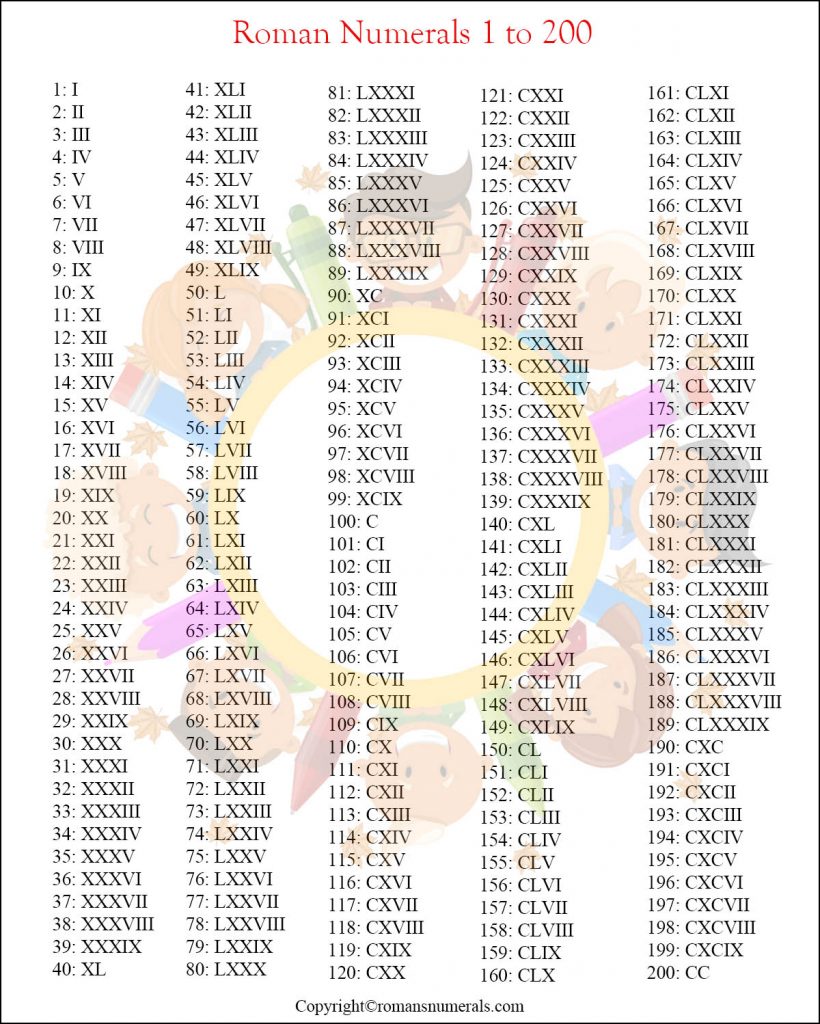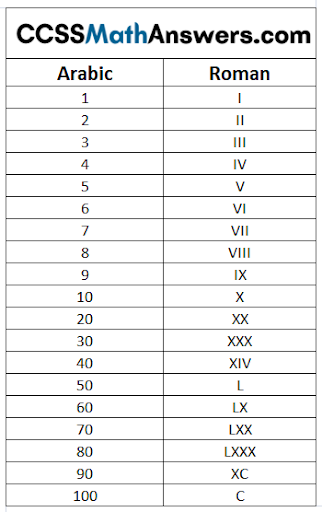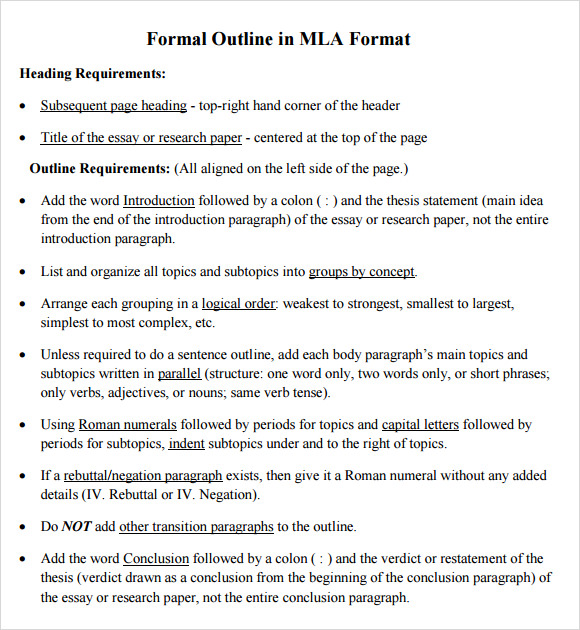

The phrase “varied songs” describes an America that Read more Response 3 The speaker imagines the American identity as unified but diverse. Together they create a set based on variety. Thus, the identity of the American nation is a mixture of several realities, each of which is important to make heard. or express from their own points of view. "Each singing what is theirs and no one else's", he says, implying that this identity would be made up of many different realities, points of view and stories, since each of these people can only "sing". The speaker lists, in the poem, various professions and activities exercised by these people: "The carpenter singing his measure of his plank or beam, The mason singing his preparation for work (.) The boatman singing what belongs to him in his boat (…)” And so on. This, of course, as a metaphor for different people living different realities that contribute to the formation of a nation's identity. In a Roman numeral outline, major headings are in Roman numerals, minor headings continue with capital letters.Ĭonsider the first line in ‘I Hear America Singing’:Ĭonsider the first line of "I Hear America Singing": Answer 1 Explanation: Answer 2 poem, one can understand the speaker's view of American identity as one identity made up of many voices singing many different songs. Thus, the last option best illustrates the specific function of Roman numerals, that is, to display the main points that develop the thesis. This type of outline usually begins with a Roman numeral which differentiates it from an informal outline. The formal outline uses the Roman numeral to represent the main ideas. It is crucial to organize an idea, visualize the structure of the thesis and develop the main points in a logical order. It reflects the central idea of each paragraph and organizes information to convey an effective message to readers. Explanation: The drawing of a test displays the map of a test. In a Roman numeral outline, major headings are in Roman numerals, minor headings precede the capital letter. Major details are the details that support the main ideas, while minor details are the details that support the main details. Generally speaking, Roman numerals are used to represent main ideas, capital letters are used to indicate major details, while Arabic numerals are used to represent smaller details. To do this, the Roman numeral is often used to indicate the main ideas in a sketch. Writing an outline usually consists of writing down the main ideas and supporting ideas that you want to present in a text. In writing, a plane refers to a frame on which the writing is built.

Lower case Roman numerals are often seen as page numbers for materials prefatory to the beginning of the main body of a work.įor information about number names in English, see Appendix:English numerals.The correct option is D. However, it is possible to use lower case letters: i, v, x, l, c, d and m. Roman numerals are essentially known as upper case letters: I, V, X, L, C, D and M. The Arabic numerals are widely known and widely used in many languages, for example English. As an example, M V represents four thousand. Therefore, the number III represents three and the number MM represents two thousand.Īn overline multiplies the value of a group of letters by one thousand. The numerical values of the symbols I, X, C and M are added if written up to three times together. By extension, XCIX represents ninety nine. Therefore, IX represents nine, XC represents ninety and CM represents nine hundred. When there are two letters together, each of them are worth powers of ten and the second letter is worth ten times the first, the value of this group is equal to the second letter subtracted by the first letter. This means that 99 is written XCIX, and not IC. Also note that the subtraction rule is only valid for the symbol which comes right beforehand in the sequence. This means that rather than writing 'IIII', it is preferable to write 'IV', for the number 4 or IX, for the number 9. This rule was used in Roman times, but not at all times. It says that the lower value symbol which is directly before the higher one, is subtracted, and not added. There is a simple rule, which generally avoids that more than three of the same symbols are added.

As an example, 'VI' represents six, 'XIII' is thirteen. In general, the system is additive, which means that the numbers are added. They are, in this order, from lower to higher: I, V, X, L, C, D and M. The Roman numerals are a numerical system composed of seven English letters.


 0 kommentar(er)
0 kommentar(er)
